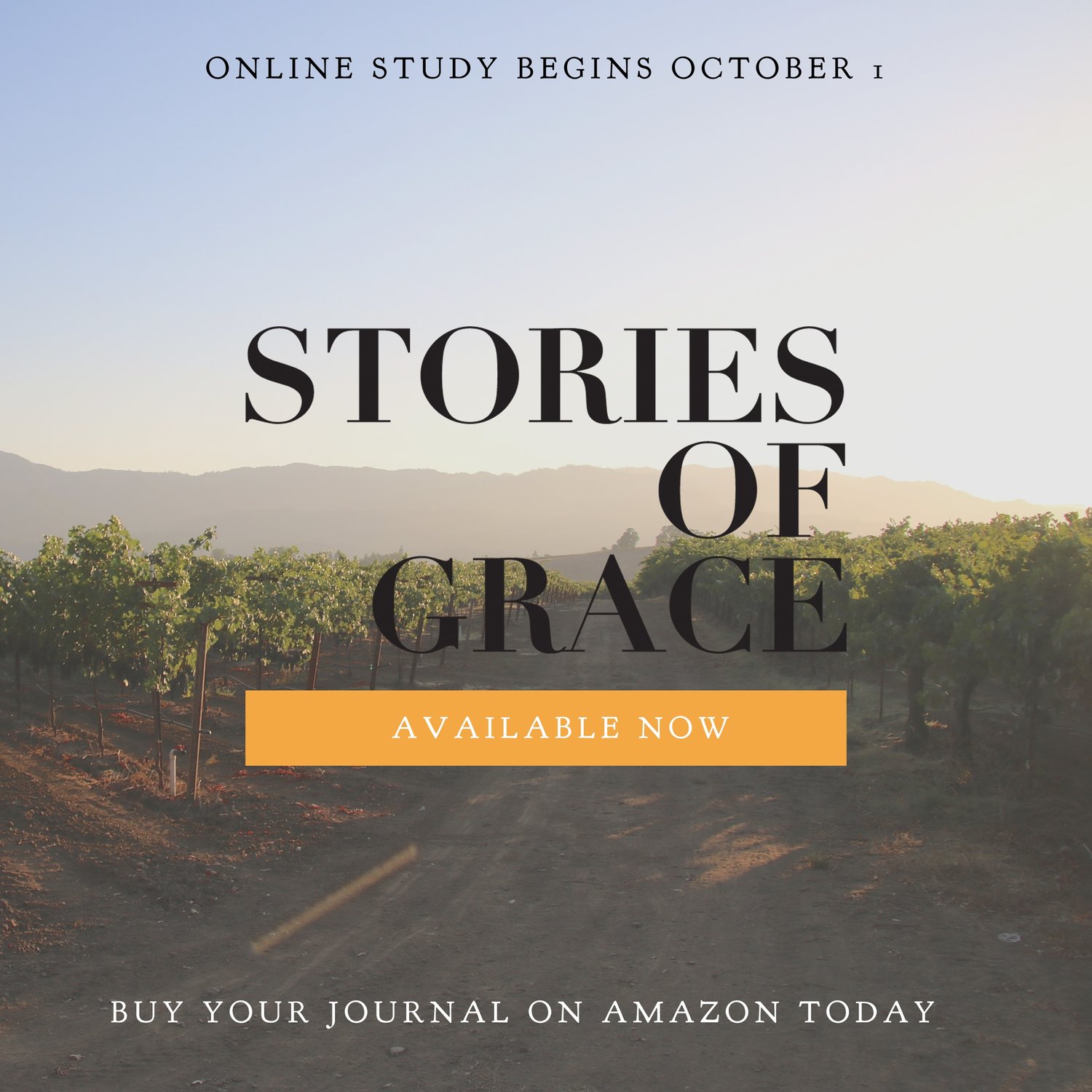Mama's Reading: The Awakening of Miss Prim
/Yesterday, Anne Bogel wrote about books chosen for her by her family. In that post, she wrote, “Fiction is a great empathy builder, because the process of entering into a different—albeit imaginary—world forces the reader to see things from another point of view.
I’ve been thinking and thinking about that quote. I read fiction voraciously as a child, a teenager, and a college student. I inhaled it. It was the air I breathed, the force-- more than any other-- that formed me. I think I’m very empathetic. Actually, if one can be too empathetic, that’s me.
And then I stopped.
Just like that. In 1990, I stopped reading fiction altogether. As my children grew, I’d read kidlit to them or with them, but I never picked up adult fiction. 1990 was the year I had cancer.
Before cancer, I fully expected my life to unfold like a novel. There’d be some conflict, some struggle, and then there’d be resolution and happily ever after. Of course not every novel I read was so tidy, but most were. My childhood was a turmoil, so I figured that when I left home and married, that was my denouement. It would be smooth sailing from there.
As anyone who has every married and had children can attest, that was a ridiculous supposition. Married life is full of turmoil of its own. In my case though, cancer was an abrupt, rude wake up call in my happily-ever-after daydream. With it came more raw emotion than ever before (and believe me, the before was plenty packed with emotion). In the past, reading had been my escape—into other people’s carefully crafted worlds where I was safe from reality and able to engage without fearing. During and after cancer, I was so filled with my own emotions and those of my husband and son that I couldn’t take on anyone else’s—not even those of fictional people, especially since I have a heightened sense of empathy.
A few years ago, I started reading fiction again. I began to allow myself to get lost in the story, to feel with the characters, to be carried on emotion. I have no idea why this happened when it did. I have not had emotional margin in about five years. But happen it did and I'm very glad. The nice thing about neglecting fiction for 20 years or so? I have a backlog of great books to be read.
As I read, I have the impulse to share, to discuss. That never happened pre-cancer. Books were always my private world. Now, I’m aware that there are people, like me, who always have their noses in a book, who enter fully into fictional worlds and who see them as clearly as I do. That is a happy discovery!
So, let’s see if once a week or so I can share with you what I’ve been reading in the last couple years.
First up is The Awakening of Miss Prim. I adore this book! Love, love, love it. I binge read it in an afternoon. Then, I picked it up a few months later and read it again. Now, it lives in a basket on my nightstand and I just leaf through it every now and again and read a few random pages at a time. It fills me. It's also book most likely to be Instagrammed because, well, it's just such a pretty book;-).
This is a beautifully written debut novel translated from Spanish. Set in the fictional town of San Ireneo de Arnois, it’s the story of Prudencia Prim, who answers an ad to care for the library of an eccentric, well educated, and (I think) utterly charming gentleman. He's a faith -filled man who lives according to principle and he's able to talk intelligently about almost every book imaginable, save Little Women (what?).
It’s a story of pride and prejudice with Austen-like characters. It’s the story of conversion with some C. S. Lewis-like dialogue. It’s the story of an idyllic town where people live their convictions that, for all its unrealistic idealism, is also somehow inspirational. There is even a packing and leaving reminiscent of The Sound of Music. To read the book is to want to bake a pie, brew tea, engage in community, talk literature, and enter into the mysteries of faith.
For an educator, there is a strong current of educational philosophy throughout the book. The town’s children have the best of all worlds: community school and home education, together harmoniously, with each person giving according to his strengths. It’s remarkably simple and yet just beyond reach for those of us outside the fictional village.
Faith, love, literature, philosophy: it’s all there—masterfully written in such a way that this book begs to be discussed. It is charming and intellectual, replete with delightful literary references and yet, at the same time, it’s the story of a soul and its simple turn towards the source of beauty.
““I have to tell you that equality has nothing to do with marriage. The basis of a good marriage, a reasonably happy marriage-don’t delude yourself, there is no such thing as an entirely happy marriage-is, precisely, inequality. It’s essential if two people are to feel mutual admiration. Listen carefully to what I’m about to tell you. You must not aspire to finding a husband who’s your equal, but one who’s absolutely and completely better than you...
[Men] must seek women who, from one or several points of view, are better than them. If you look back over history you’ll see that most great men, the truly great ones, have always chosen admirable women...
If you reflected a little more deeply you’d realize that you can only admire that which you do not possess. You do not admire in another a quality you have yourself, you admire what you don’t have and which you see shining in another in all its splendor.””
““What beauty will save the world?” she murmured.
He peered at her through the gloom inside the car.
”Dostoyevsky, Prudencia? Dostoyevsky? If I were you, I’d start worrying.”
Miss Prim, snugly wrapped in her employer’s coat, gave a happy grin, unseen in the darkness. ”
““You say you’re looking for beauty, but this isn’t the way to achieve it, my dear friend. You won’t find it while you look to yourself, as if everything revolved around you. Don’t you see? It’s exactly the other way around, precisely the other way around. You mustn’t be careful, you must get hurt. What I am trying to explain, child, is that unless you allow the beauty you seek to hurt you, to break you and knock you down, you’ll never find it.” ”
““So seek beauty, Miss Prim. Seek it in silence, in tranquillity; seek it in the middle of the night and at dawn. Pause to close doors while you seek it, and don’t be surprised if it doesn’t reside in museums or in palaces. Don’t be surprised if, in the end, you find beauty to be not in Something but Someone.” ”
My copy is dog-eared and highlighted. So many lovely lines to revisit!
I do have to admit I was disappointed with the ending. It seemed abrupt after such careful plot and character development. I wanted to know so much more about Miss Prim’s personal journey after she left San Ireneo. If I’d been Natalia Fenollera’s editor, I would have asked to see the letters that were exchanged between Miss Prim and Mrs. Thiberville during Prudencia’s time away. I’ve literally lain awake at night imagining what those letters held.
If you’ve read it, what do you think the letters said?
If you haven’t read The Awakening of Miss Prim, treat yourself. Right now. Go ahead. Indulge. You’ll be so glad.























